🤦🏻♀️ A Lesson Learned the Hard Way
Well, didn’t I learn the hard way? During my live video, I discovered that Substack’s default setting for who can comment was set to “founding members” only—a complete mismatch for the open, collaborative vibe I was going for. That’s not my style, and it’s certainly not why I decided to go live! Thank you for being patient with me on that one.
If you’re planning your own live session, make sure everyone can send a message by clicking on your photo at the top right and then clicking Settings > Allow live video chats from and ensuring it’s open to everyone.
Despite the Substack kerfuffles, we had a really love time because the wonderful
joined in the conversation! Jumping off my editorial prepper confession, we had a great chat about what’s been good about Substack, the possibilities the platform opens up, and the importance of building in ways that serve our own personal and entrepreneurial visions — not just the platform’s.Here’s a quick summary of what’s in my prepper toolkit and what sparked this live video in the first place…
This week, Substack announced it now has 4 million paid subscriptions, with The New York Times adding the ominous subtitle: “but profits remain elusive...” That sparked something in me—my survivalist instinct as an “editorial prepper.” In the live video, I explored what it means to plan for the unimaginable as a Substack creator and the tools I’d rely on if I ever had to rebuild my publishing platform.
What’s in My Prepper Toolkit?
Over the years, I’ve built a career in audience research, email nurturing and editorial strategy, both in marketing agencies and as an entrepreneur. I’ve used these skills to design audience personas, create high-quality lead magnets that landed big deals for clients, and build systems that helped my partner navigate two software acquisitions. If Substack went bust, I’d lean on MailChimp for email management, Podia or Squarespace (or a combo of both) for publishing and my tried-and-true strategies for keeping readers engaged.
Why I’m Sharing This
If Substack disappeared tomorrow, my first step would be to reconnect with my audience through MailChimp, where I’ve already backed up and segmented my subscriber list. I’d likely turn to Podia, where my digital guides and workshops already live, or Squarespace, where I could quickly set up a space for essays. And while I’d prefer not to, I’d probably return to social media—most likely LinkedIn or Instagram—to maintain visibility and connection with my audience.
This isn’t about abandoning Substack—it’s about being prepared while still appreciating what makes this platform unique. Substack offers an all-in-one toolset that’s hard to replicate, and it’s transformed the way creators can connect with audiences. In the live session, I also touched on why it’s worth investing in Substack’s discoverability tools and the brilliant strategies shared by platform-specific experts.
A final editorial prepper tip
If you haven’t done so lately, make it a best practice once a month or so to do a total Substack backup. From your dashboard home page, go to Settings and scroll all the way down to the Import/Export section. This will download all your posts and data into a single file (Substack emails you when it’s ready to download, so make sure you watch for that second step because it takes a bit for them to package it all up.)
Building newsletter skills in 2025
As I look to 2025, I’ll be focusing on helping creators master the core skills needed to build sustainable newsletters: audience research, editorial publishing best practices, nurturing strategies like “nudge cycles” and holistic approaches to monetization. Together, we can thrive, no matter what the future holds.







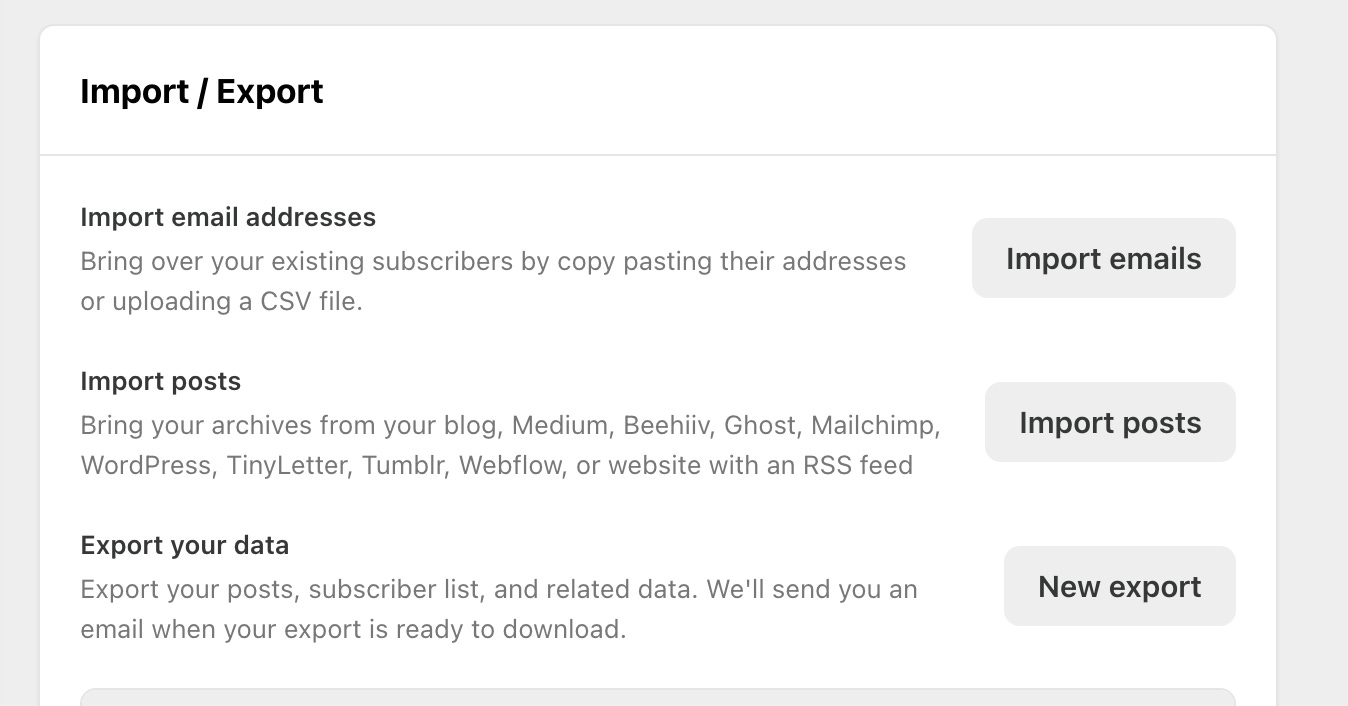



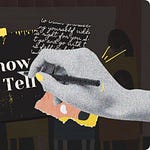
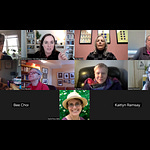
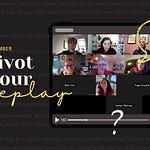


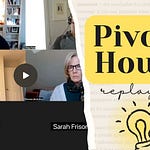
Share this post